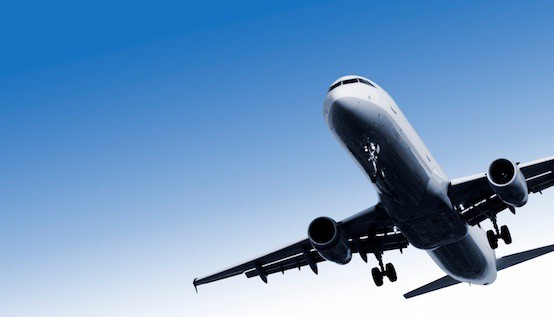The US air safety regulator said that tests had indicated that mobile phone and computer signals could cause the screens to go blank.
The affected planes are typically fitted with several screens, each of which costs thousands of pounds.
Honeywell - the displays' manufacturer - has stressed that the problem has not been experienced in-flight.
"The only known occurrence was during a developmental test conducted on the ground," said spokesman Steve Brecken.
"We worked with Boeing and addressed any concerns in 2012 with new display hardware."
Boeing had previously issued an alert in November 2012 after an aeroplane operator and wi-fi vendor noticed interference caused by the installation of an in-flight internet system.
The "phase 3" display units were found to be susceptible to the same radio frequencies used to transmit data via wi-fi.
In addition, the Federal Aviation Administration (FAA) said it was concerned that the screens could be disrupted by mobile satellite communications, cellular signals from phones, and air surveillance and weather radar.
